Our Final Destination – Tokyo
With our time finished in Osaka, it was time to head to Tokyo. This was to be our final destination in Japan.
We were back on our favourite mode of transport – the Shinkansen (Bullet Train). Our travel time from Osaka to Tokyo was a mear 3 hours.
Once again it was an easy, seamless and relaxing 3 hours.
Accommodation
Thought we would have a treat and it is all about location in Tokyo with it being so big!
We booked into Hotel Villa Fontaine Shiodome. Tokyo certainly isn’t cheap. We wanted to be central to keep commuting to a minimum as we have all seen and heard about the challenges of travelling within the great metropolis of Tokyo.
If you book a total of 10 nights with hotel.com you are entitled to 1 free night (to the value of 80% of the average spend). We had earned a free night so used this and it still cost us $777nz for 3 nights (incl breakfast).
Our flight out of Tokyo was at going to be at 10 am so we needed to take this into account when travelling to the airport – no easy task in rush hour Tokyo.
On arrival in Tokyo, we did not realise there was more than one Hotel Villa Fontaine’s in Tokyo. We set off on foot from the train station towards the wrong one. This made our time to get there rather longwinded……dragging our packs. We had to do a bit of backtracking but eventually ended up at the correct Hotel Villa Fontaine (easy when you know how).
Once settled in our room (which is really nice and spacious compared to the others we have stayed in) we set off to explore the rest for the rest of the afternoon.
Kagurazaka
Kagurazaka is the trendy, fashionable shopping and dining district. It’s set along a sloping street near Iidabashi Train Station.
There are still numerous Geisha houses and restaurants and still survive in the district’s narrow alleys to this date. Most of the time you would not know that they are there as they are still relatively secretive.
There is also a significant French presence as there are two nearby French schools, cafes and restaurants. These are also tucked away along the side streets that lead off the main slope.
The main road through Kagurazaka is closed to traffic every day from 12 pm to 1 pm, and 12 pm to 8 pm on Sundays and public holidays.
Yushukan
Museum
Yushukan is a Japanese military and war museum located within the Yasukuni Shrine.
It is a museum dedicated to the soldiers who died fighting on behalf of the Emperor of Japan. The museum contains various artifact and documents concerning Japanese war casualties and details surrounding the Meiji Restoration (1882) and World War II (which they refer to as the East Asian War). It is the first and oldest war and military museum in Japan.
Now, I mentioned a few times that Scotty has a vast knowledge of war history. Some of the information and displays were clearly from a Japanese perspective and differed a lot from the history as we know it. A majority of the information boards details Japan’s military victories, with only a few panels explaining how the US dropped the A-Bombs causing the Emperor to make the decision to end the war in the interest of his people.
Shrine
The Yasukuni Shrine which is situated within the museum grounds honours more than 2 million Japanese who lost their lives in the service to Japan. There is a lot of controversy surrounding the shrine due to the fact that some of Japan’s worst war criminals are among them. Many feel that this is glorifying the atrocities committed by these leaders.
Yasukuni priests insist that once a spirit is enshrined, it can never be dislodged.
The shrine continues to the centre of controversy between Japan and its Asian neighbours such as China and Korea who believe it glorifies the country’s militarist past.
A bomb exploded at the shrine in November 2015 and this has been classed as a terror attack.
This would explain why we were faced with numerous security, police and military guards on our walk to the museum. They were positioned at every intersection and corner, within a 2km radius. They were all heavily armed and watched us as we wandered closer to the Shrine. It was getting quite disconcerting as we were not aware of the heightened threat or the controversy surrounding the shrine or museum.
Asakusa
Asakusa is one of the Tokyo’s districts where an atmosphere of Tokyo’s past decades survives.
There is a very pretty shopping street (Nakamise) with over 50 shops which have a variety of traditional local snacks and tourist souvenirs, supplying the visitors to the local temple.
Asakusa’s main attraction is Sensoji, a very popular Buddhist temple which was built in the 7th century. This is the oldest Buddist Temple in Japan.
Yanaka and Yanesen
Yanaka and Yanesen are one of the few districts in Tokyo which still has an old town ambience. As we wandered the streets, there was a real rustic charm. It was only a short walk from Nippori Train Station. There were shops selling goods and products ranging from groceries to clothes and toys.
Prices were relatively cheap as well. The area attracts a lot of domestic tourists as the ambience is quite unique for Tokyo.
Forget skyscrapers and neon skies. The narrow alleyways around this district blend in with century-old temples and shrines and low-rise wooden houses with flowerpots.
If you’re looking for a relaxing stroll in a quiet atmosphere, then this is the place to be.
Ueno Park
We next wandered through Ueno Park. This is a large public park next to the Ueno Train Station and is the first park established in Japan.
The park also boasts one of the most popular and lively cherry blossom spots. There are more than 1000 cherry trees lining its central pathway. There were still many trees in full bloom and attracts a large number of ‘hanami’ (cherry blossom viewing) parties. We really enjoy watching the groups gather under the blossoms to eat, drink and be merry.
Tokyo Fire Museum
Scotty’s past life as a fireman meant that it was really a ‘no-brainer’ that we were going to visit the Tokyo Fire Museum.
This museum is dedicated to the history of fire-fighting in the city.
It is a multi-storey complex covering 5 levels. Entering the basement level, we walked into the museum’s collection of vintage fire engines, many of them dating back to the 1920’s. All of them were at some time in service in Tokyo. Most of them were imported from the US, France and Germany.
We then made our way to the top floor and worked our way down. The exhibits were in chronological order so we started at how they fought fires as far back as the 17th century. Back then, Tokyo was a city built almost entirely of wood with narrow streets and structures densely clustered. All cooking, heating and lighting were done using an open fire. Total destruction of entire neighbourhoods happened frequently.
As we worked our way through the descending floors, the exhibits got progressively more modern. We ended up viewing some of the most advanced technology when it comes to firefighting in the grand metropolis that is Tokyo.
The museum offered a great introduction to both past the current firefighting efforts and techniques. Admission was free and most of the exhibits come with English language signage.
Tokyo Metropolitan Government Building
This is a very popular attraction for tourists. The 243-metre tall building has two towers, and each houses an observatory. It used to be the tallest building in Tokyo until it was overtaken by the Midtown Tower in 2017.
What was even better, was that admission into the two towers is free – bonus.
We travelled up both towers as the queues weren’t too onerous. The views were similar in each tower but we had a hazy day. On a clear day, visitors can see all the way to Mt Fuji. As usual with most Observation Decks, there was the token Souvenir shops and cafe/restaurants.
Shinjuku Golden Gai
This is a small area composed of a network of six narrow alleys, connected by even narrower passageways. These are just about wide enough for a single person to pass through. There are no less than over 200 tiny shanty-style bars, clubs and eateries squeezed into this area.
Golden Gai was known for prostitution before 1958 when prostitution became illegal. Since then it has developed as a drinking area, some dating back to the 1960’s.
Omoide Yokocho (Piss Alley)
Now with a name like Piss Alley, we couldn’t resist popping by for a wander around and of course stopping for a beer, sake and beef skewers……after all, it would be rude not to.
This area started out as an illegal drinking quarter in the late 1940’s. The area quickly became a prime spot for cheap drinks and yakitori (grilled skewers).
Due to the lack of restrooms, patrons were known to wander off and relieve themselves on the nearby train tracks. That is how the name Piss Alley came to be. The area became a place where locals who otherwise wouldn’t have been able to afford such luxuries as meat and alcohol could gather.
We were instantly hit with the smell of barbeque smoke and charcoal the moment we stepped into the alley. Yakitori is the prime menu item and vegetarians are advised to eat before visiting.
There are numerous bars to choose from, most had ladies at the doorways, enticing the tourists and locals to come and try their cheap drinks and food. This is not the place for fancy cocktails or imported wine. Japanese beer and sake are available at all the restaurants for a reasonable price. Oh and we didn’t need to relieve ourselves on the nearby railway tracks!
Imperial Palace and Gardens
The Imperial Palace is the home to the Emperor of Japan. It is set in a large park-like area and consists of the main palace, private residences of the Imperial Family, museums and admin offices.
The palace is closed to the public, except for reserved guided tours from Tuesdays to Saturdays. We just happened to be wandering around the grounds when a line started forming. It turned out that a free guided tour was about to begin.
We, fortunately, had our passports with us, so as with any queue in Asia, you join in to find out what it is all about.
After going through a security check we were ushered through the big wooden gates and we were soon seated with a number of other tourists and received a briefing on what and what not to do.
We were divided into our language of choice and allocated a tour guide. Although we were not granted entry into the main palace, we got the opportunity to walk the gardens and learnt the history of the structures, walls, moat and saw the outside of the main palace buildings.
Pomp and Ceremony
It is the privilege of each new ambassador to Japan, to visit the palace to hand in his or her accreditation to the Emperor. They are picked up from the Tokyo Station by either Limousine or horse-drawn carriage. The traffic is stopped while they cross two major roads to get to the palace.
We were fortunate enough to witness the arrival of the new Israeli and Russian ambassadors to meet the Emperor. They had both chosen the horse-drawn carriage as their mode of transport. It was great to see all the pomp and ceremony that goes along with this auspicious occasion.
It was quite amusing though, as all the timing was well choreographed. The tour groups arrival at the palace coincided with the new ambassador’s grand entrance. Our tour guides encouraged us all to cheer and wave – definitely felt that we were part of a rent-a-crowd.
Tokyo Railway Station
Tokyo Railway Station is the main intercity rail terminal in Tokyo. It is the busiest station in Japan in terms of the number of trains per day (over 3,000) and 760,00 passengers per day. It also has many regional commuter lines as well as the Tokyo Metro Subway network.
As you can imagine, it is an amazing attraction to visit in its own right. We got to use the station on a couple of occasions and it is best handled by getting into the slipstream of commuters and going with the flow of people. Everyone is dressed in grey or black suits or dresses. Luckily Scotty and I had on brightly coloured jackets so we could easily see each other in case of separation.
Marunouchi Building
We particularly wanted to make a special trip to visit the Marunouchi Building which has recently undergone a 5-year renovation. The building stretches parallel with the train platforms and originally opened in 1914.
The building was nearly completely destroyed during World War II bombing raids and was briefly closed after the war while it was repaired.
The domed rotundas now look how they used to when first opened, and again boasts shaped figures of the eagle, a flower, a phoenix, a sword and animals of the Chinese zodiac.
Restorations also included the Tokyo Station Hotel which originally opened a year after the station did in 1915.
Farewell to Japan
This ended our trip around the southern end of Japan.
We would have loved to have stayed longer and travelled to other areas north of Tokyo. Our next house sitting assignment in Roi Et (North East Thailand) meant that the rest of Japan will need to wait for a return visit one day.
It certainly gave us a great insight into Japan’s way of life and we managed to tick off some ‘must see’ things in Japan.
Japan is a huge country and we felt that we wanted to do a small section thoroughly than rush through as much of it as possible. Sometimes you don’t get do a place justice by travelling too far too quickly.
Click on the link below to see a video of our highlights in Tokyo.
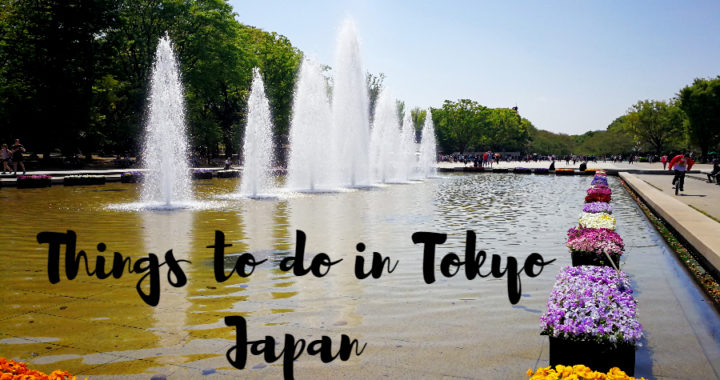
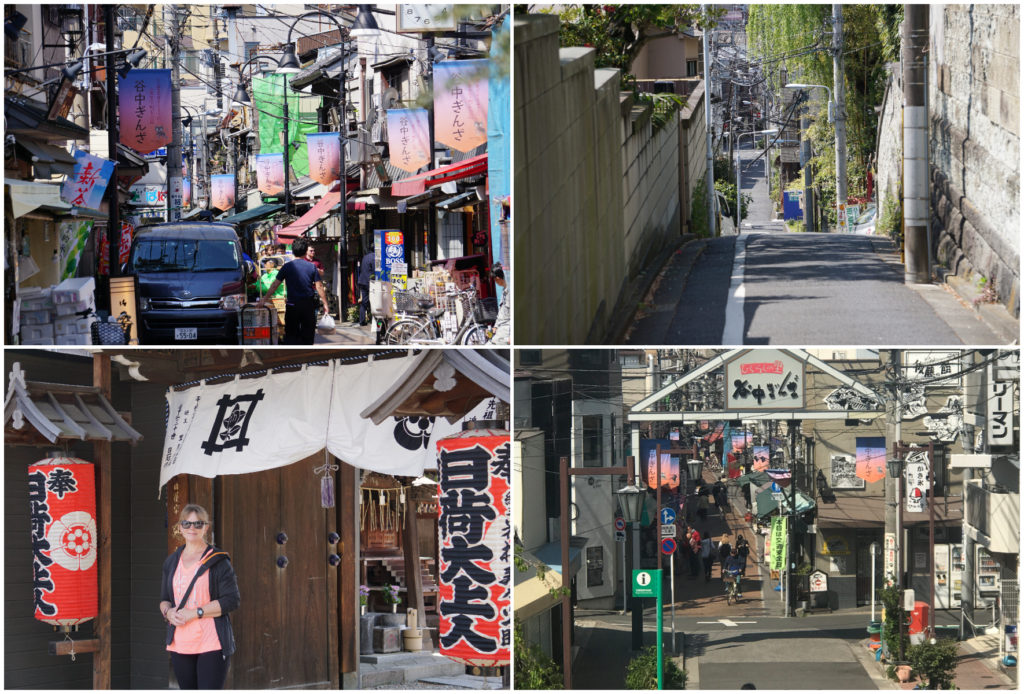
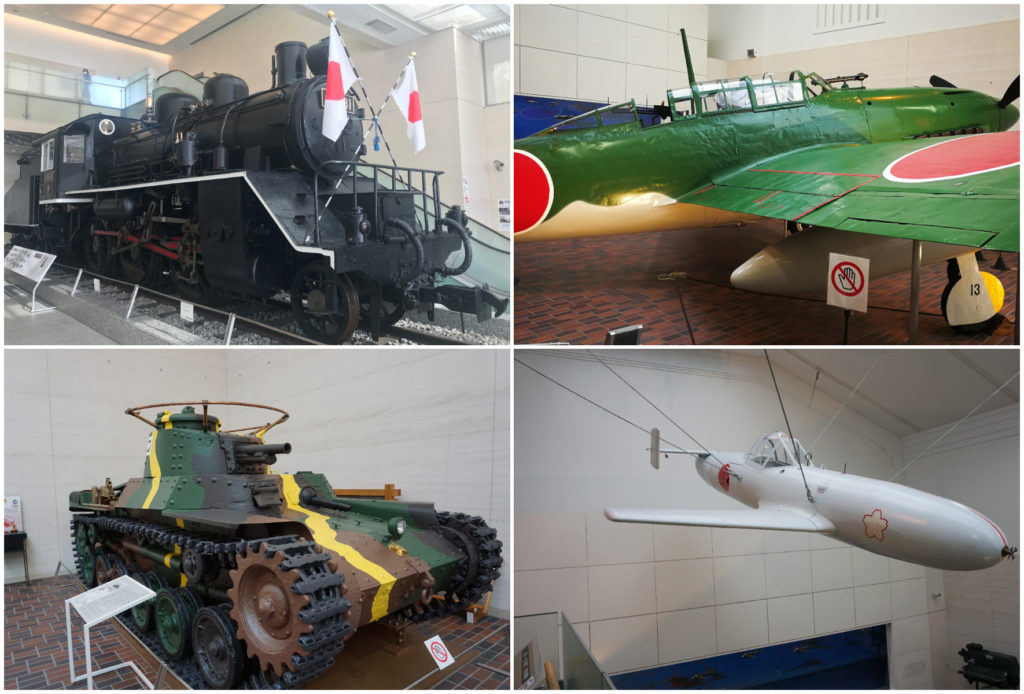
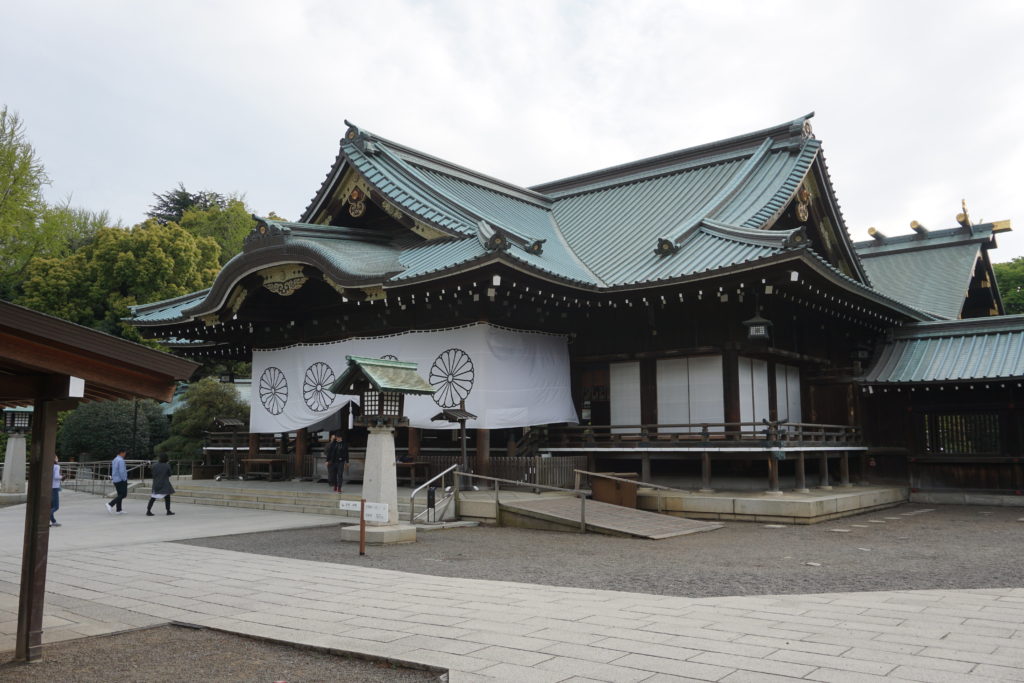
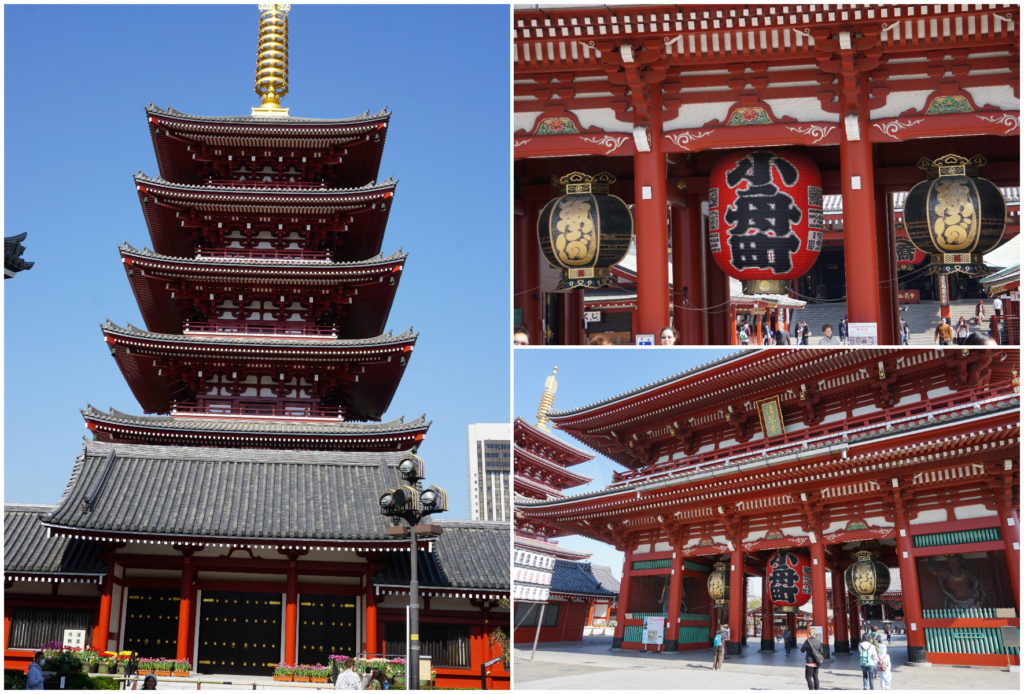
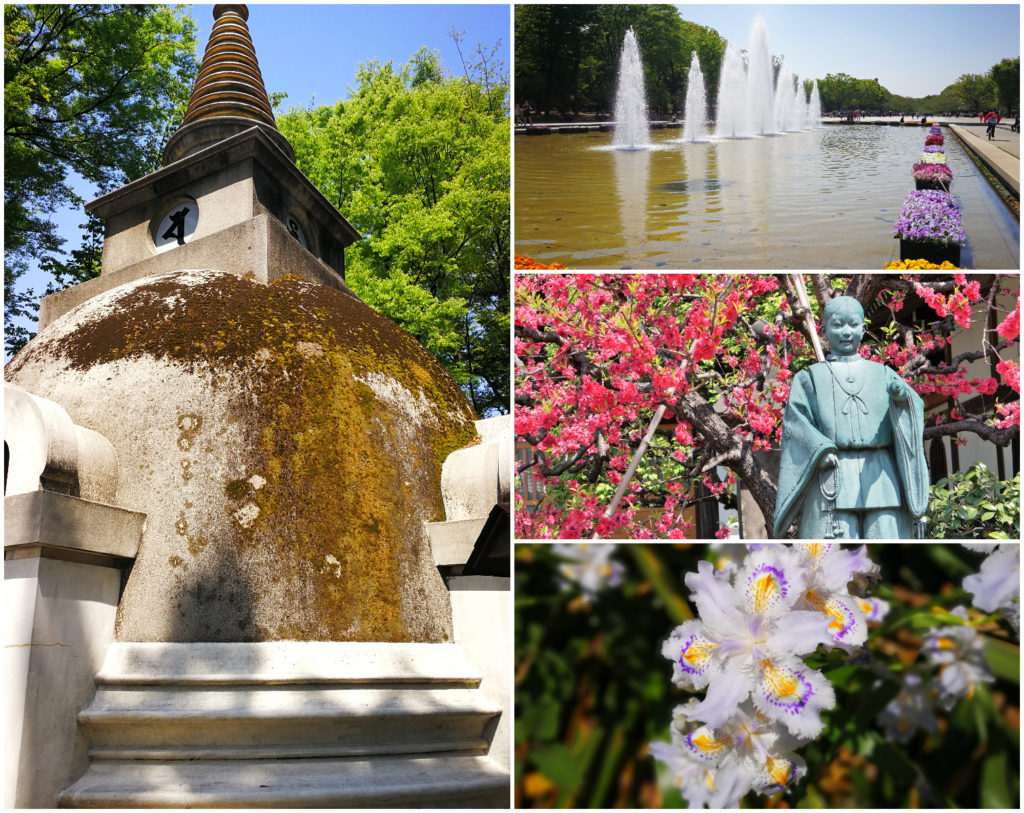
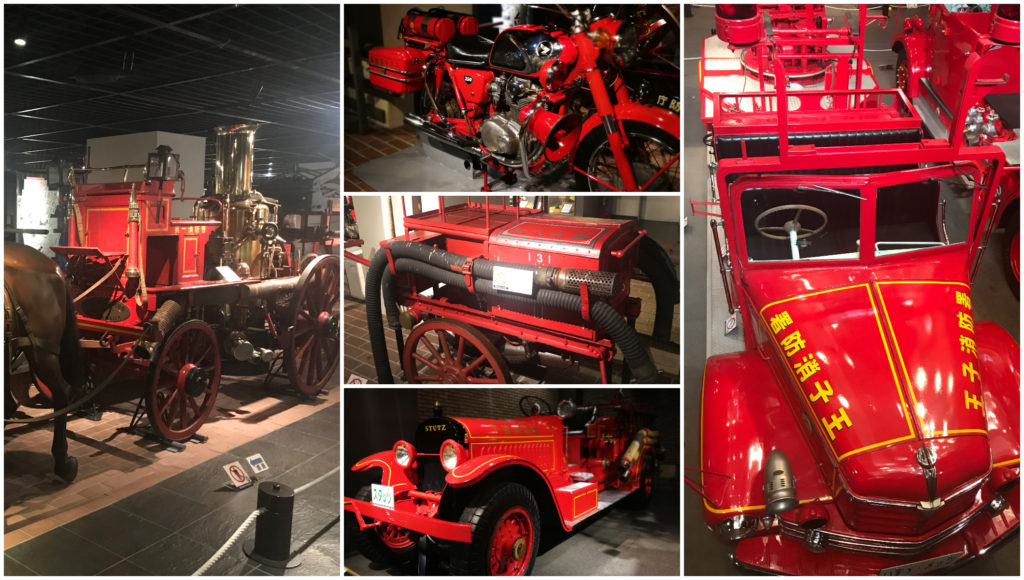
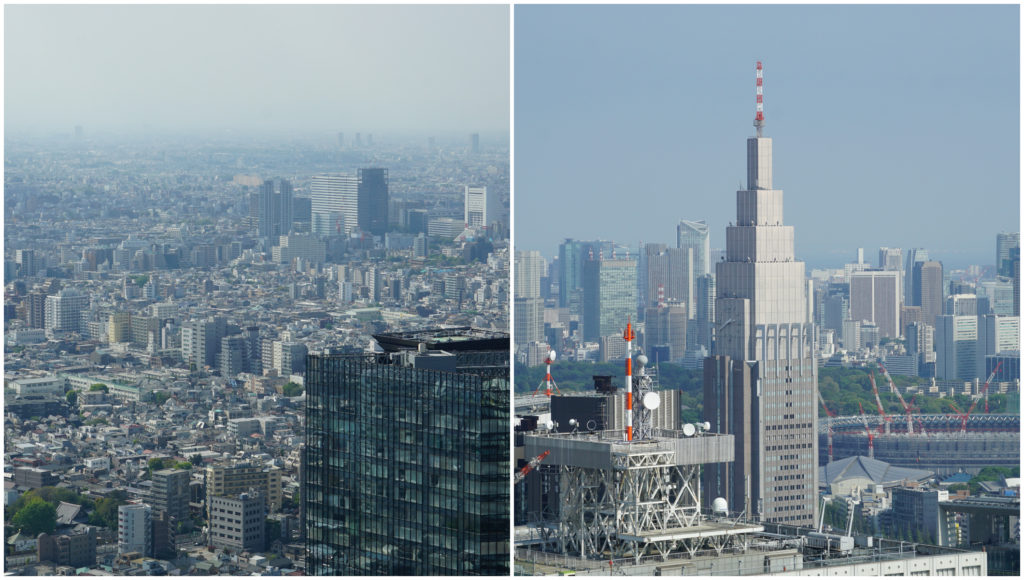
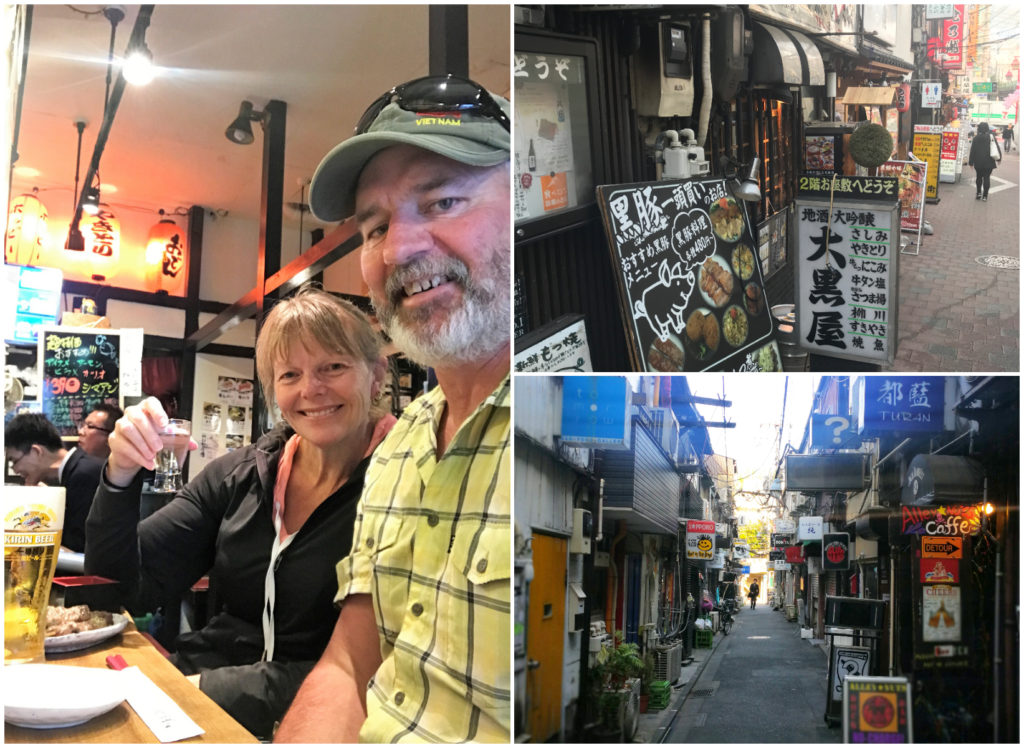
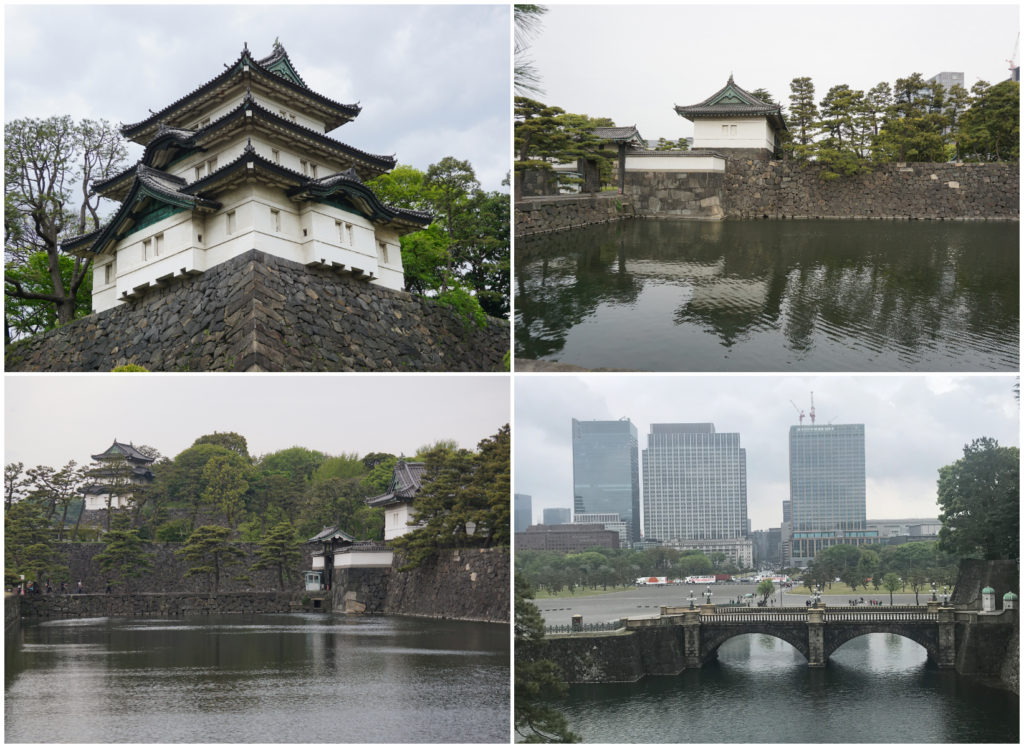

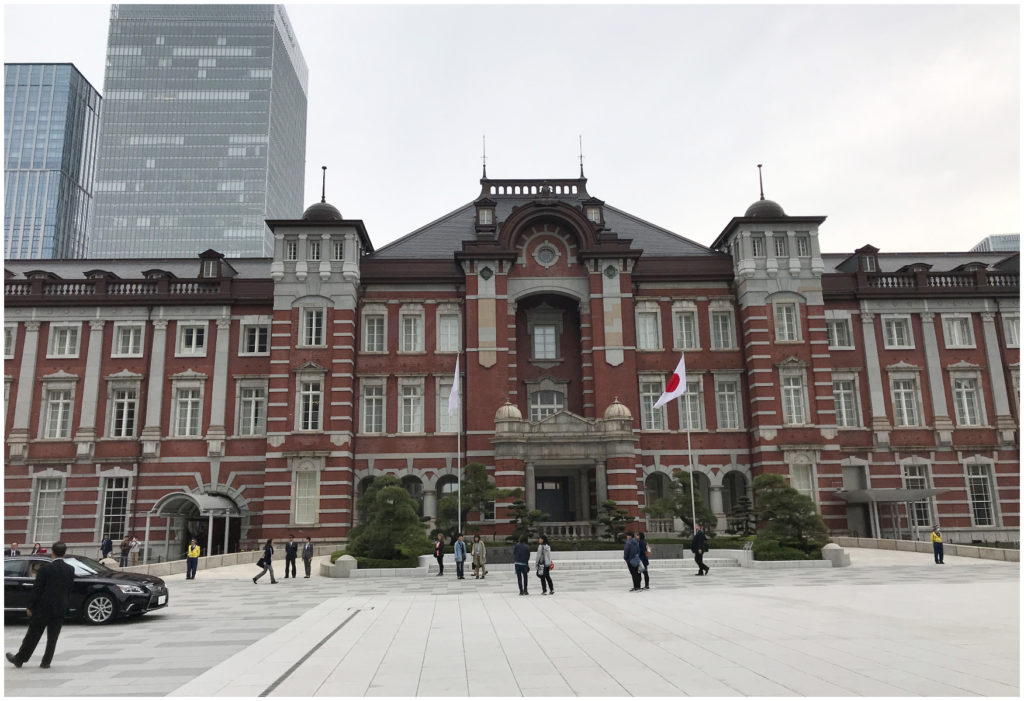
Very informative post, Linda. We loved our time in Tokyo, need to go back and see more. One day!